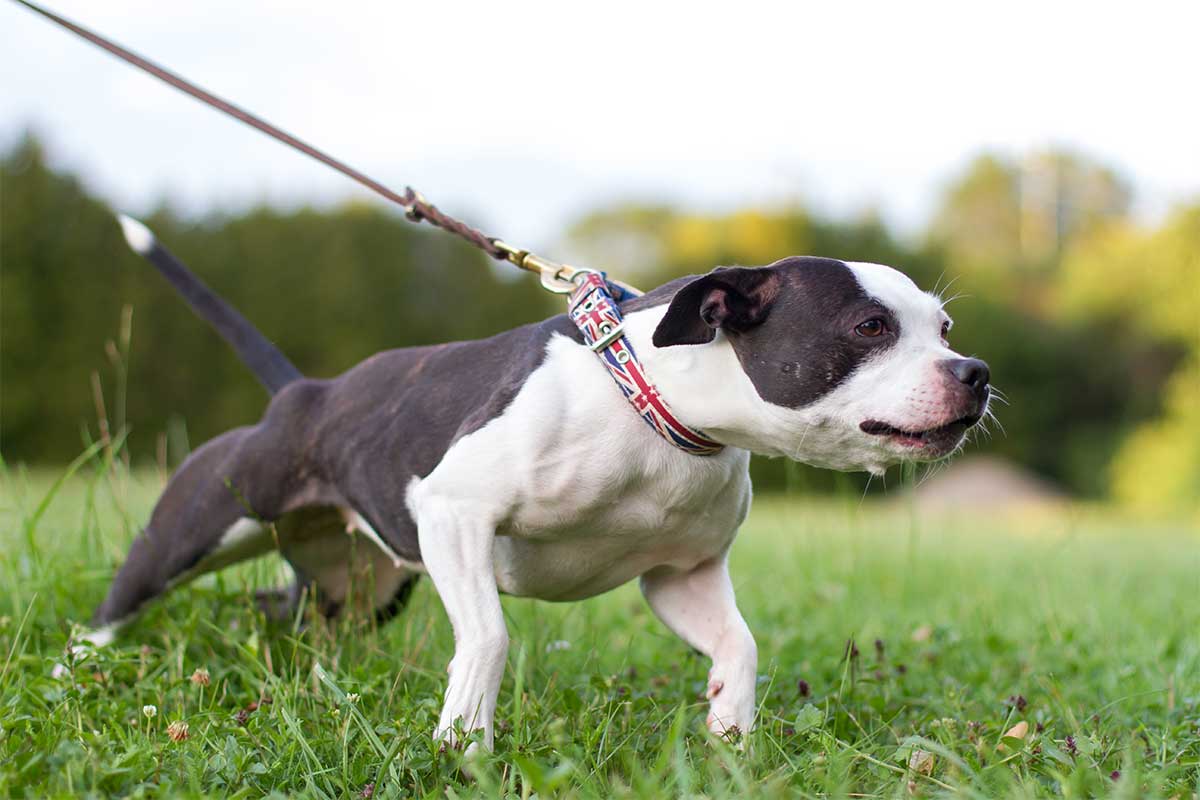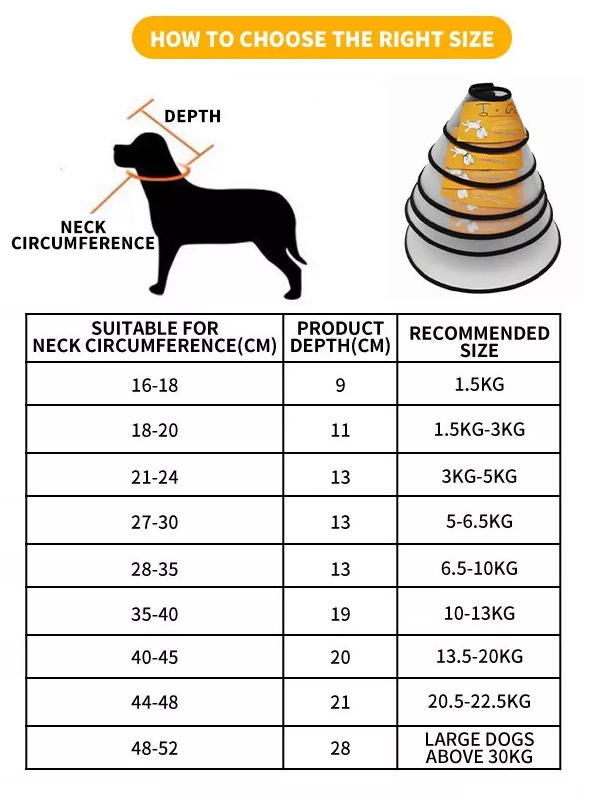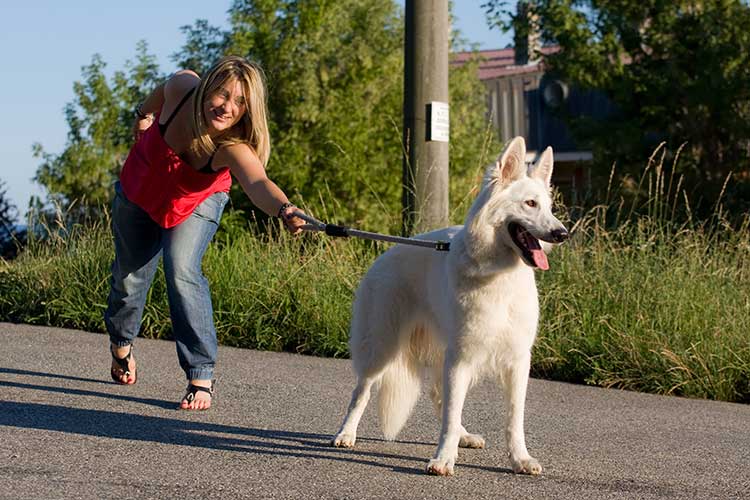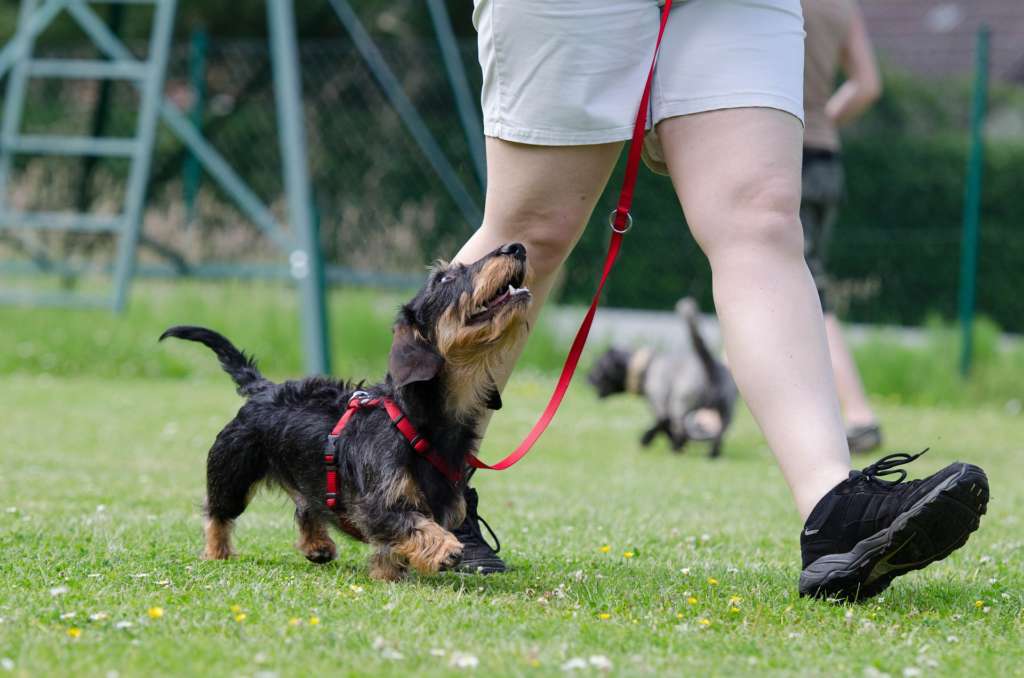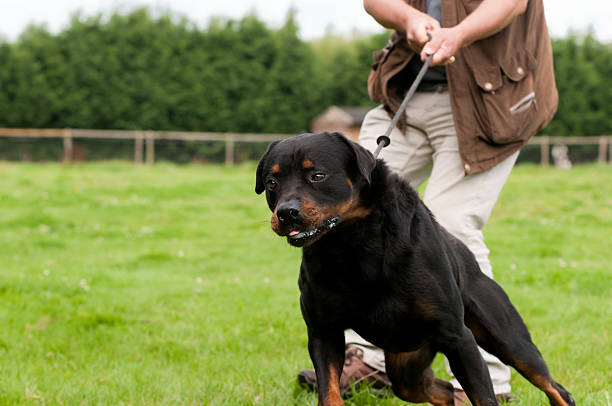The Best Leash For A Dog That Pulls
Sure, they might look cute when they’re pulling on their leash, but it’s an annoying sight to see. Not only that, the dog owner can get hurt too. There are many different leashes available in the market to deal with this problem. But which is the best one? After all, there are a lot of factors to consider when trying to purchase a new leash.
If you’ve been walking your dog for any length of time you’ve probably experienced the pain of it pulling. If you’re going to be walking a dog for years like me, you’ll want them to walk nicely next to you. This is where having a good dog leash comes into play and why a “no pull” dog leash will make your life easier than ever before.
After all, there are a lot of factors to consider when trying to purchase a new leash.
Why Dogs Pull?
Dogs pull on the leash for a variety of reasons. The first is that they are anxious or excited about something ahead of them, like a squirrel or another dog. The second is that they may be bored with the walk and want to go faster. And finally, they may be uncomfortable with the leash around their neck or feel threatened by something behind them.
To help your dog learn to walk well on a leash, you need to understand what motivates him to pull and then use this knowledge to develop positive strategies for changing his behavior.
Anxious dogs are often motivated by fear or excitement when walking on a leash. If your dog pulls on the leash because he’s afraid, try desensitizing him to whatever he perceives as scary during walks — this could include people, other dogs and loud noises. If your dog pulls because he sees something exciting like another dog or squirrel in the distance, give him plenty of exercise before going out so that he’s tired and less likely to get overexcited during walks
Bored dogs often pull because they want to go faster than you’re walking! To resolve this problem, make sure your walks are interesting for your pup — take him through different environments (grass vs sidewalks).
What You Need To Look for: Leash Guide
Water-resistant and durable materials
Water-resistant and durable materials for a dog leash is important. A dog’s leash can be a vital tool for training, but it should be comfortable for your pet to wear.
There are many different types of leashes including nylon, leather and even chain leashes. Each type has its own benefits and drawbacks. When choosing the right leash for your pet, consider the following factors:
Durability: Durable materials are crucial when it comes to choosing a leash. The last thing you want is for your dog to chew through their leash before they’ve had a chance to use it, so choose a material that will stand up to the test of time.
Designed for safety
When choosing a dog leash, safety is a major factor. If you have a large or powerful dog, you want to make sure that your hands are protected in case of an emergency. The best way to do this is to use a leash designed for safety.
There are several types of leashes that can be safely used with your dog:
Flat leather or fabric leashes are great for smaller dogs who don’t pull much. They’re also good for long-haired dogs because they’re less likely to get tangled in the fur. However, they’re not recommended if your dog has any tendency toward aggression because they don’t provide any protection against bites or scratches.
Chain leashes are often used by obedience trainers because they provide additional control over even the most aggressive dogs. However, they’re not recommended for everyday use since they can hurt people and other animals who get too close while walking your dog. They’re also not good for puppies since they can easily chew through them and get loose from their owners’ control.
Available in a range of sizes
The importance of picking the right leash for your dog can’t be overstated. Not only does it need to be comfortable and safe for your pet, but it also needs to match your lifestyle. A good leash should be long enough to give your dog some room to roam around, but short enough that you can keep them close by if necessary.
Some people prefer leather leashes because they’re sturdy and long-lasting, while others prefer nylon or fabric leashes because they’re lightweight and easy to clean. The best dog leash for you will depend on your preferences, but there are a few factors that you should consider when shopping around:
Available in a range of sizes is one of the criteria when choosing a dog leash because not all breeds require the same length of leash. Smaller dogs need shorter leashes so they don’t get tangled up in them while larger dogs need longer leashes so they have more freedom of movement while walking with their owners. If you have multiple dogs who vary in size, then choose a leash that comes in different sizes so everyone can have one that suits them best.
Leashes to Avoid for Dogs That Pull
There are many different dog leashes on the market. Some of them are better than others. Unfortunately, there are also some leashes that you should avoid at all costs. You need something that will keep your dog safe in case he tries to run off with the leash. Here are some of the worst kinds of leashes for dogs who pull:
Belt leashes
Why?
Leashes that wrap around your waist or hips can be very dangerous if your dog is pulling hard on the leash. If the leash gets caught in between your legs, it can cause injury to both you and your dog.
In addition, belt leashes don’t give much control over a dog who’s pulling on them. The leash may be too short for this type of leash to work well; if not, it might be too long and get tangled up around your legs when you try to pull your dog back by using it as a correction method.
Retractable leashes
If you have a dog that pulls on the leash, you may be tempted to use a retractable leash. However, these leashes can actually make training more difficult, and they also pose risks to both you and your dog. Many dogs find them confusing, and they can actually encourage pulling.
The main problem with retractable leashes is that they allow dogs to move too far away from their owners before having to stop or turn around. This means that it will take longer for them to learn good leash manners, since they don’t have a chance to practice coming back to you when you call them or correct them for pulling. If your dog is already pulling on a regular leash, he may become even more excited about running ahead in order to get more time with his new toy!
It’s also important to keep in mind that this type of leash has no built-in brake system like traditional leashes do — so there’s nothing slowing down your dog if he decides he wants more freedom than he should have at any given moment. This can be especially dangerous if your pet is running toward something that might cause him harm (such as another dog) or into traffic .
Bungee leashes
Bungee leashes are also not comfortable for dogs to wear. The elastic material used in these types of leashes will cause your dog’s fur to get tangled in it if he or she tries to run through an obstacle course or over a jump.
Dogs who pull on the leash can easily tear through bungee leashes if they have enough strength behind them. A dog that pulls hard may be able to snap through the elastic band within seconds if you don’t have a strong hold on him or her at all times when walking outside or during training sessions inside your home.
They can get caught on something and strangle your dog if he runs off or tugs too hard while on a walk with one of these leashes.
The bungee cord itself can be a choking hazard if it breaks.
Keep In Mind That a Leash Will Not Teach Your Dog Not to Pull
If you’re looking for a leash that will help you teach your dog not to pull, keep in mind that a leash will not teach your dog not to pull. This is a common misconception. A leash is a training tool, and it must be used properly.
For example, if you’re in a park with other dogs around, your focus should be on socializing with them, not on walking your dog. Your goal is to get him comfortable with other dogs and people so he won’t become aggressive or fearful. If you’re constantly pulling him away from other dogs and people, it’s going to make him more nervous around them.
You can make your dog walk more comfortable and fun, check how to correct them from pulling!

